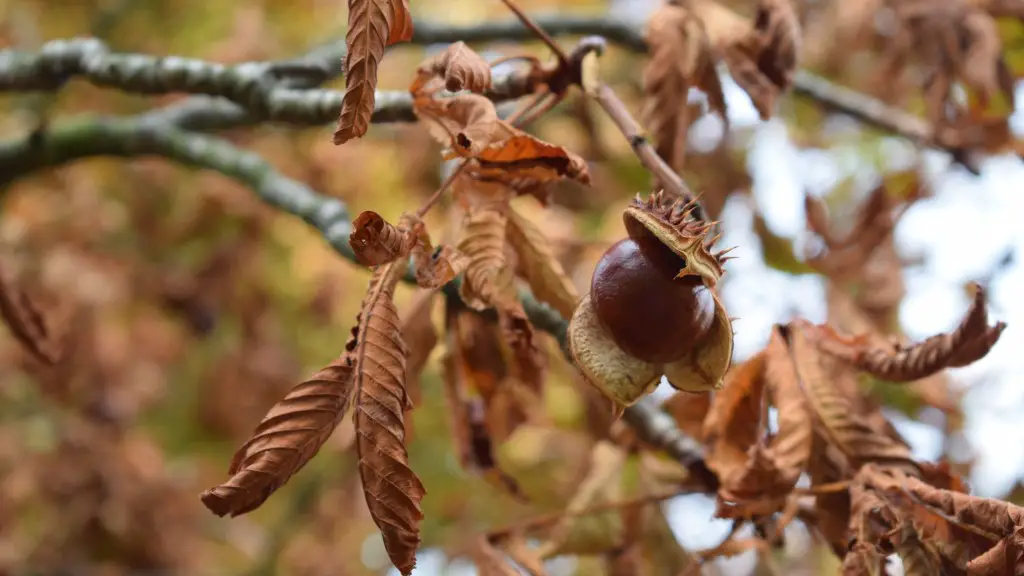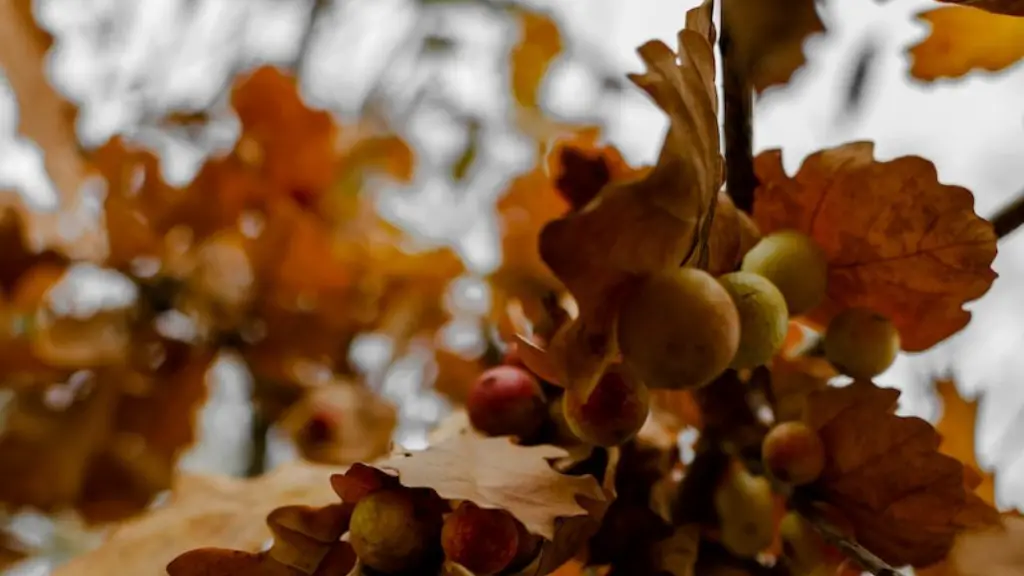Soil Requirements
Growing an avocado tree requires a soil type that is well-draining and porous. Avocado trees prefer a soil pH of 6.0 to 7.0 and a soil structure allowing for good root penetration and oxygen movement. Sandy loam or other types of average garden soils are usually suitable for avocado tree growth. An ammonium nitrate or ammonium sulfate fertilizer blend is usually effective for adding essential nitrogen to the soil.
In areas with high rainfall, it may be necessary to dig in several inches of organic matter such as compost or partially composted manure in order to improve the water infiltration rate of the soil and prevent water logging. Alternatively, a soil drench with Epsom salts can help reduce the effects of waterlogging.
Light Requirements
Avocado trees need full sun to achieve optimal growth; they cannot tolerate full shade. Location should be considered when planting the tree. Placement on a south facing slope, away from overhead powerlines, is recommended.
In areas where temperatures stay below freezing during the wintertime, a tree can be planted in a hot sunny spot in the garden and will provide good shade during the summertime. In hot climates, shading the tree late in the day is beneficial.
Water Requirements
Avocado trees need adequate water, roughly equivalent to one deep watering per week. The frequency of watering should be adjusted based on the tree’s growth and the environment. In particular, soils that are low in drainage will require more frequent watering. When growing an avocado tree in a pot, it may be necessary to water it daily to ensure the soil does not dry out.
Avocado trees have a notoriously high water requirement, making them susceptible to water stress during extreme drought periods. During these periods, it is important to water the tree deeply to keep the root system adequately hydrated. Mulching around the tree base helps to keep moisture in the soil and reduce evaporation.
Pruning
Regular pruning of an avocado tree is recommended to promote healthy growth and fruit production. The pruning should be done in the spring for maximum benefit, although young trees may require more frequent pruning. Prune out the center of the tree to promote an open center and light penetration for the foliage. Pruning also encourages the development of strong new shoots and the removal of dead or diseased branches.
Fertilization
Fertilizing an avocado tree helps to encourage healthy growth and good fruit production. Fertilize the avocado tree at the start of the growing season using a balanced fertilizer made specifically for avocado trees. Fertilizer can be applied directly at the base of the tree or applied to the soil around the tree.
For maximum benefit, fertilize the avocado tree with a liquid fertilizer every few weeks during the growing season. This progressive fertilization encourages steady root and foliage growth. A balanced fertilizer with N-P-K (Nitrogen-Phosphorous-Potassium) ratios of 8-12-15 is generally recommended for avocado trees.
Pest and Disease Prevention
Avocado trees can be susceptible to various types of pests and diseases, so proactive measures are recommended to keep trees healthy. Remove dead leaves and branches from the tree as soon as they appear, as diseased foliage can easily spread to other trees. Spray the tree regularly with diluted neem oil, horticultural oil, or other natural insecticides to keep the tree free from pests.
Tree care should be taken to avoid damage or excessive stress to the tree, as this can make it more susceptible to disease. For example, avoid heavy pruning or excessive fertilization, as this can cause the tree to produce a great amount of growth too quickly, resulting in weakened and prone-to-disease trees.
Harvest and Storage
Avocados are typically harvested when they are slightly firm but ripe. They can be harvested at different stages of ripeness to extend the harvest season. Harvested fruit should be allowed to finish ripening off the tree, as hard avocados will not ripen properly and are unappetizing.
Once avocados have been harvested, they should be wrapped in plastic and stored in a cool dark place. For long-term storage, avocados can be placed in a refrigerator. For optimal storage, the avocados should be stored at a temperature of 45°F and a humidity level of 95 percent.
Choosing The Right Varieties
When choosing an avocado variety for growing, consider factors such as the desired flavor of the fruit, the tree’s disease resistance, and the tree’s cold tolerance. Some varieties such as the ‘Hass’ are more susceptible to diseases such as Alternaria brown spot than others. Cold-hardy avocado varieties such as the ‘Simmson’ can tolerate cold winter temperatures better than other varieties.
In areas with mild winters, selecting an avocado variety that flowers and fruits early in the season can be beneficial, as this will help maximize harvest season. Florida varieties such as ‘Gulf’ and ‘Simpson’ are well-suited to areas with mild winters.
Growing From Seed
Growing an avocado tree from seed is a slow but rewarding process. Consistent watering and exposure to sunlight are essential components of a successful avocado seedling. For best results, soak the seed in water for 24 hours before planting in moist soil. Plant the seed halfway into the soil and water it gently. It’s also important to cover the seed to prevent it from drying out and to ensure proper soil contact.
The seed should be moved outdoors after it has formed roots and a stem, as this will encourage the development of a strong root system. Generally, it takes a few weeks to a few months for an avocado seed to form a stem and roots. After the seed has formed a stem, it should be replanted into a larger pot and exposed to direct sunlight.
Supplemental Feeding
In some cases, supplemental feeding of an avocado tree can help to promote healthy growth and fruit production. Organic fertilizers such as fish or kelp emulsions, poultry manure, or composted material can be applied directly to the soil around the tree base. These slow release fertilizers will help to provide the tree with essential nutrients while helping to improve the soil structure.
Molasses can also be used as a supplemental feeding agent. One tablespoon of molasses should be added to a gallon of water and applied to the tree base every few weeks. Molasses helps to enhance the flavor of the fruit, stimulates microbial activity, and increases yields.
Transplanting an Avocado Tree
Transplanting an avocado tree can be tricky, depending on the size of the tree and the environment. Smaller avocado trees can be transplanted relatively easily, although larger trees can be difficult to move. Depending on the size of the tree, consider enlisting the help of a professional.
When transplanting an avocado tree, it is essential to dig a generous hole and incorporate organic matter such as compost or manure. The hole should be large enough to accommodate the root ball and deep enough so that the root ball can be planted at the same level it was previously growing. When transplanting, keep the tree protected from hot and cold temperatures.




